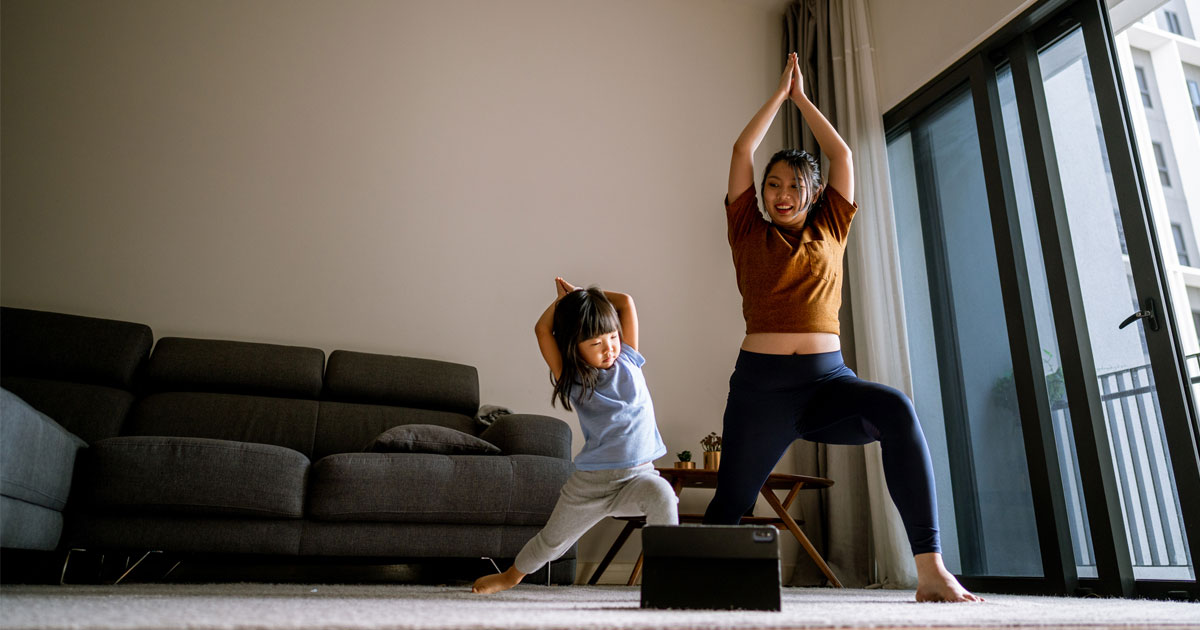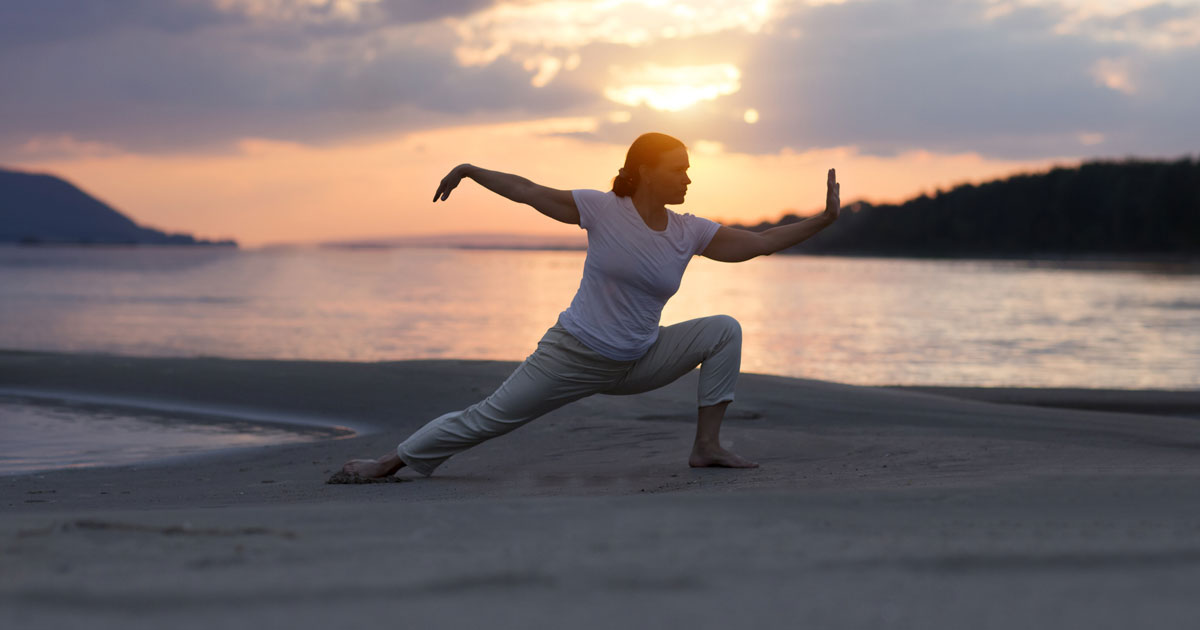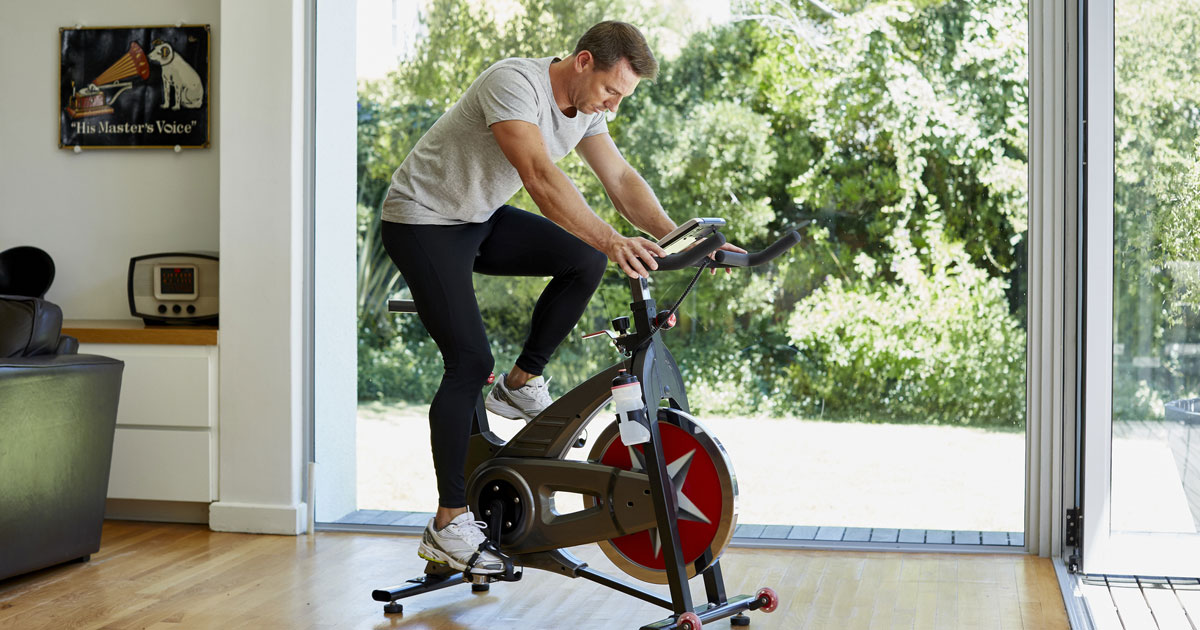Benefits of Exercise During Addiction Recovery

Not only does the scientific research show that exercise can be beneficial in recovery, but I can state from my experience that exercise is an important part of maintaining recovery. So, is exercise good for addiction? I, as well as most of the medical industry, say yes.
Most individuals who address substance use disorder (SUD) on their own use substances again within a year. Even people who successfully complete substance use treatment quickly find they still need to take active steps to manage cravings and improve their physical health. Fortunately, as we learn more about what practices truly work to heal from SUD, we’ve found incredible success in helping people stay in recovery. Exercise has been shown to be a remarkable and healthy tool for recovering from SUD.
I’ve been candid about my own struggles with SUD in the past, and I want you to know that it was as difficult for me as it is for anyone else to fill the time I once devoted to substance misuse with healthier activities. However, one hobby I quickly developed was riding my bike, and I continue to ride it almost every day. While it took me some time to make the connections between my physical and mental health, I did notice a substantial change in my mental health when I began riding my bike rather than relying on substances.
How Physical Activity Helps With SUD Recovery

Exercise has been shown to be a valuable component of both treatment and aftercare for people with SUD. This is because addictive substances and exercise both affect the same parts of your brain. Both can trigger the release of serotonin and dopamine in your brain, making you feel good. However, exercise is a much healthier choice for several reasons.
Sleep Improvement
Many people with substance use disorder experience difficulty with getting good sleep at night. Unfortunately, many turn to substances in an attempt to sleep better and reduce anxiety, only to experience the impacts of SUD instead. By contrast, exercising regularly can improve your sleep quality and longevity without negatively impacting your brain and body.
Stress Relief
As mentioned, people with SUD frequently experience stress and anxiety, and when not properly managed, both can lead to severe consequences, including relapse. When you exercise, your body releases feel-good endorphins that can lower your stress. Not only does exercise help you feel more physically fit, but it’s a much safer option than relying on a substance that could cause negative health effects.
Improved Mood and Self-Esteem
Many people with SUD experience low self-esteem, may feel there’s no way out, or that they failed themselves or others. However, when you feel physically healthy, mental health often improves. When you feel good about yourself, your mood and your self-esteem can improve, which helps to eliminate a source of stress and anxiety. If you’re recovering from SUD and find yourself feeling negative or upset, consider exercising for 30 minutes. You may start to feel better, and you may be able to handle your issues with greater confidence.
Relapse Prevention
This is arguably the best reason for people recovering from SUD to consider incorporating exercise into their routine. Since exercise has been shown to reduce stress, improve self-esteem, improve sleep, and help you feel more physically fit, people who exercise frequently aren’t as likely to relapse compared to those who don’t. If you improve your physical and mental health, you’ll likely feel a reduced need to rely on harmful substances. When a trigger does occur, you can consider healthy exercise as a way to cope.
Exercise Is Important for Addiction Recovery
Exercise has its benefits for those in recovery, but some individuals may wonder if exercise is truly necessary. However, think about it as learning how to love yourself. Some have rarely exercised in their life and were intimidated by the thought of building yet another new habit. But, it’s this new, healthy routine that can help you reduce your need to rely on your old, unhealthy habits.
If you’re on the fence about incorporating exercise into your routine, consider the following.
Exercise Can Help You Remain in Active Recovery
The term “active addiction” is often used to describe someone who consistently uses substances in order to function or feel better. Of course, this instead causes them to feel worse, and they can easily become stuck in addictive behaviors and negative thought patterns. The opposite of active addiction is what we call “active recovery.” Someone who is in active recovery is taking the actions required to prevent relapse, including meeting with support groups, sponsors, and therapists, as well as participating in society and holding themselves accountable for their actions.
Active recovery can be thought of in a literal sense, as well—exercise during recovery helps keep you physically active. By becoming responsible for your actions and taking active steps to improve your physical health and your life, you’ll address the mental component of SUD. You’ll also begin to reverse the physical effects of long-term substance use on your body. Plus, you’ll not only feel better yourself, but others around you may feel inspired to do the same.
Exercise Helps You Form Social Connections

If the thought of developing and sticking with an exercise program on your own sounds too much to handle, consider exercising with others you know who are also in recovery. By doing so, you can form or maintain social connections with supportive individuals, and you won’t feel out of place in your recovery journey. You shouldn’t feel as if you’re taking this path on your own—if you want to make positive connections with others who are experiencing SUD, you may be able to do this by exercising together.
Exercises for People in Recovery
The wonderful thing about exercise is that there is an enormous variety of activities you can do—there’s no need to implement a complicated workout routine unless that’s what you enjoy. Everyone has their own favorite workout activities, whether it’s going for a walk, lifting weights, or going to aerobics classes.
If you’re unsure where to start or what exercise may benefit you most, here are a few to consider.
Walking and Running
Walking is the most popular method of exercise worldwide, and it’s because of how simple it is to do. You can walk and achieve a quick workout anywhere, including the beach, a city sidewalk, a treadmill, or the local park. Walking increases your heart rate and improves your blood flow and blood pressure. In fact, studies have shown that walking can be just as effective as running.
Of course, this isn’t to say running should be ruled out. Running has the same benefits as walking on a larger scale. Running is a more strenuous exercise, and if you feel like you aren’t getting what you need out of a simple walk, picking up the pace may be your best option.
Yoga and Tai Chi

If running is a bit challenging for now, or if you’re someone who’s older but still wishes to exercise, practicing yoga or tai chi may be best for you. While these practices are often mistaken for one another, they are different.
Yoga involves maintaining certain poses while practicing your breathing. This helps to improve muscle strength as well as cardio health. Tai chi can be considered meditation in motion, using a series of gentle exercises to reduce stiffness and pain while improving flexibility. Regardless of which one you choose, both yoga and tai chi are accessible ways to maintain physical and mental health.
Gardening
You might wonder, “is gardening really an exercise?” The answer is yes! Gardening involves a great deal of physical activity, especially when you consider raking leaves, trimming bushes, digging, and pulling weeds. If you enjoy gardening, you can incorporate the activity into your exercise routine. Not only will you have an improved and appealing garden to enjoy, but you’ll feel healthier as well.
Danger of Exercising Too Much
Unfortunately, it is possible to take a good thing too far. I’ve certainly had times when I felt sore from riding my bike the previous day and attempted to do too much, too soon. At these times, rest and recuperation would have served me better. With this in mind, it’s important to be sure you’re not overdoing your new exercise routine and causing more harm than good.
Consider these tips as you begin exercising while in recovery.
Exercise Can Become Addictive
When you become stressed, whether it’s due to job concerns, family issues, or other problems, you may be tempted to resort to exercising more frequently than usual. If your stress isn’t managed properly, or if you fail to follow a routine that works for you, you may begin to crave exercise, just like you may have craved a substance in the past. If you notice you’re overusing exercise to manage your stress, consider speaking with someone about what’s causing stress in your life.
Take Breaks
If you feel sore after an intense exercise session, don’t put unnecessary strain on yourself. The recovery journey also involves allowing your body to heal from exercising. When you feel tired, take a day off. When you feel better, get back to your exercise routine. Exercise isn’t a race to become the fittest or the healthiest; it’s about using a healthy tool to create a more hopeful future.
Ask Your Physician Before Beginning any Strenuous Exercise Regimen
If you’re considering beginning a more strenuous workout routine, I commend you for taking your health and wellness seriously. However, if you’ve been inactive for a while or have experienced any physical health problems due to your SUD, I recommend speaking with a physician before you get started. A simple physical workup can help reveal any contraindications and ensure you are staying safe as you endeavor to get healthy.
Maintain Recovery with the Help of Exercise

Recovering from SUD is not a simple task, but it’s one that’s achievable with the right strategies and tools in place. Exercise can serve as a useful tool for helping you recover from SUD while maintaining your physical and mental health.
If you have questions or concerns about exercise and SUD, feel free to sign up for my newsletter, follow me on social media, or contact me. I’m more than happy to offer lessons learned, resources, and other insights on how to return to a healthy, fulfilling life in recovery.
Sources
- https://www.ncbi.nlm.nih.gov/pmc/articles/PMC3276339/
- https://www.health.harvard.edu/blog/can-exercise-help-conquer-addiction-2018122615641
- https://www.hsph.harvard.edu/nutritionsource/walking/
- https://www.ahajournals.org/doi/full/10.1161/ATVBAHA.112.300878
- https://pubmed.ncbi.nlm.nih.gov/25498794/















